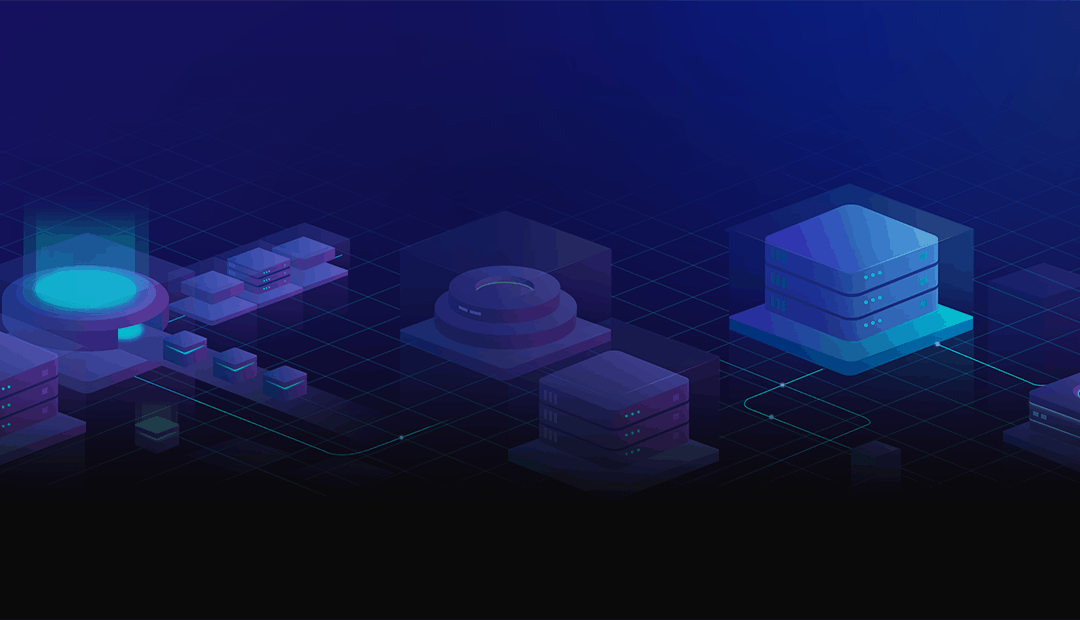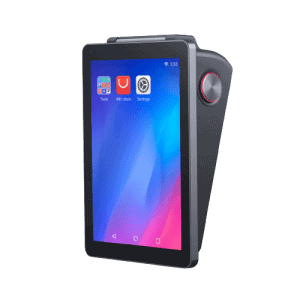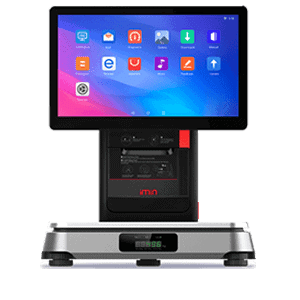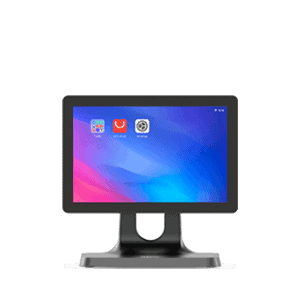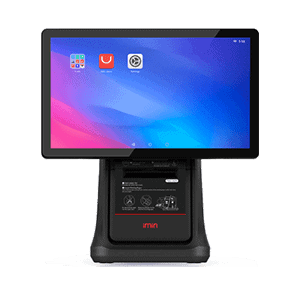Cloud Based POS System
Not that many years ago, most face-to-face businesses would store all their point of sale (POS) data locally, including prices of items and records of transactions. This data would usually be held on an on-site PC or server, or perhaps a server on a private company network in the case of large retail chains.
But now that most business tools are based online, there’s been a natural progression towards cloud-based POS systems. You may ask: why cloud POS? Let’s look at what it is and how it’s fundamentally different from locally hosted POS systems.
How does cloud POS work?
Cloud-based POS systems process and store sales data online as opposed to locally on your computer or on-premise server.
The frontend POS interface is made for use on internet-enabled devices including tablets, smartphones and touchscreen monitors, while the backend can be accessed through any web browser.
Cloud-based POS systems are sometimes referred to as POS applications (apps) instead of software, since they are often used on mobile devices. They are also called EPOS (electronic point of sale) to reflect the fact that the software runs on electronic equipment.
What is cloud-based POS?
- “Cloud” is really just a metaphor for the internet.
- “Cloud-based” refers to online storage and processing of data as an alternative to using your computer hard drive.
- Information stored in the cloud is stored on servers provided by a cloud computing provider.
- Cloud POS providers handle data hosting for you.
Cloud POS can be truly portable (if using mobile devices) while the business manager can check and use sales data from anywhere as they are being updated in real time in the cloud. It also means lower equipment costs, since an existing iPad or mobile phone can be used as the POS interface.
Because the data are stored on the POS provider’s internet servers, a cloud-based POS system can usually only function when there’s an internet connection, although providers may offer some offline functionality to minimise potential loss to your customer service.
Let’s look at how a cloud-based POS system compares to a locally hosted POS system.
Setup usually immediate
Cloud-based POS usually requires signing up online or over the phone (the provider may perform a background check), then downloading the POS application that is ready to use straight away. Many POS providers offer a free trial you can use for testing, before you are required to subscribe to a plan.
In contrast, legacy POS systems (i.e. on-site/locally hosted) typically cost a setup fee and require a trained engineer to set up equipment, customise the software to your needs and install it on your local computer network. On-site POS systems can’t be used before both the hardware and software setup have been done.
Costs: usually a subscription per till
Cloud-based POS apps are usually subscription-based, sometimes without a long-term contract, the cost of which covers licensing, customer support, data hosting and software updates. You usually pay per touchscreen device using the software. Plans are flexible so you can switch to more or fewer devices or cancel any time. If many touchscreens are used – as in the case of large retailers with multiple stores – the costs can add up to be as expensive as on-site systems.
Locally hosted systems usually requires a long-term contract. Costs can be high because locally hosted software requires a more specialised hardware setup, dedicated support from the POS provider and periodical maintenance of both software and hardware. This may, however, suit and be more cost-effective for larger businesses with particular needs.








